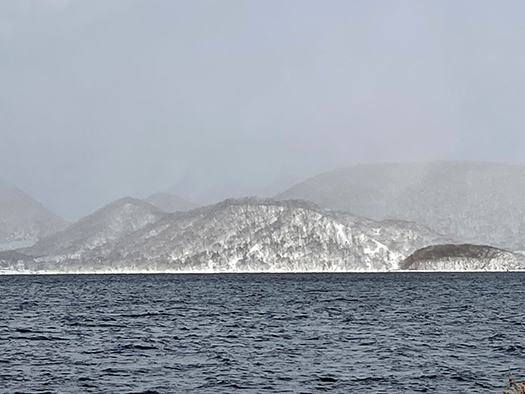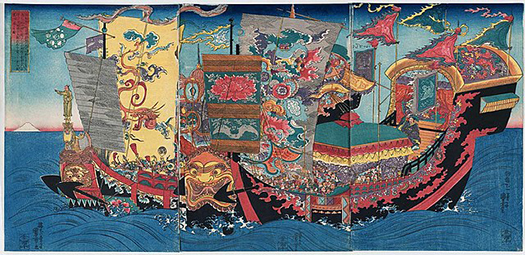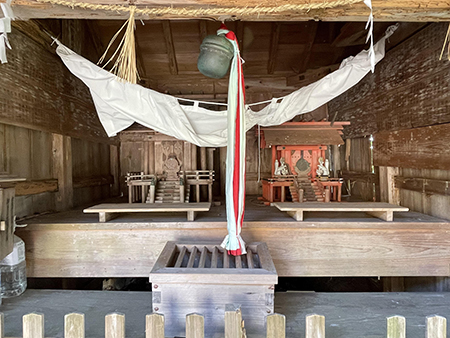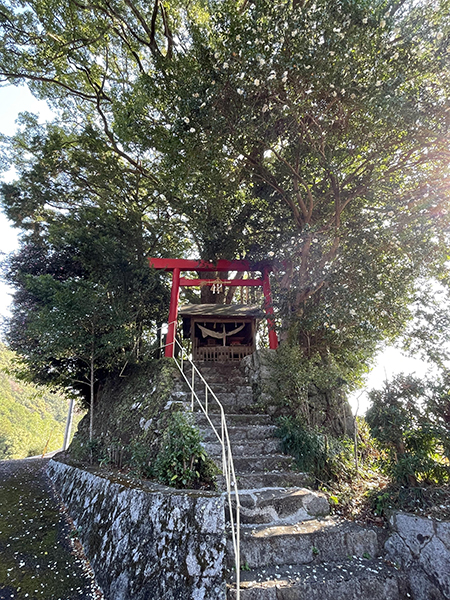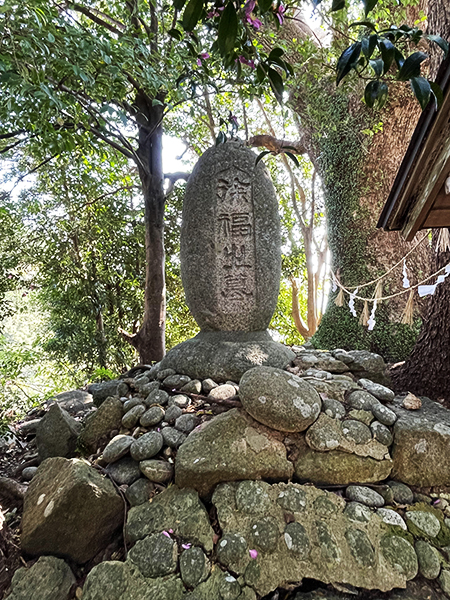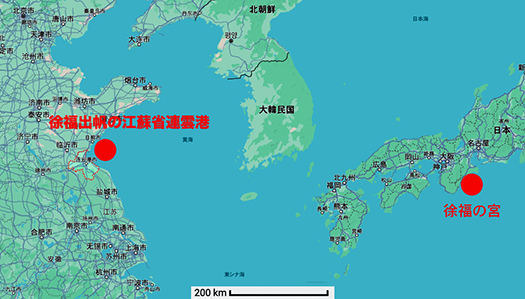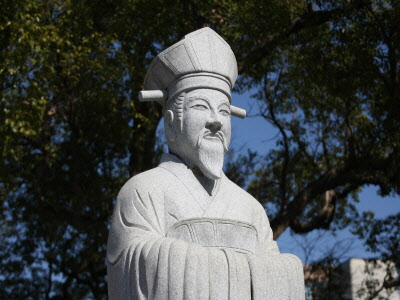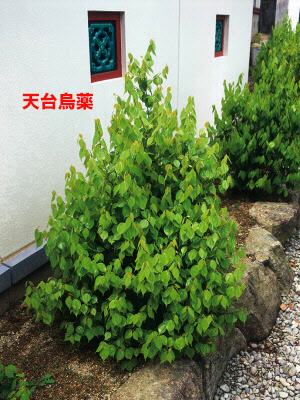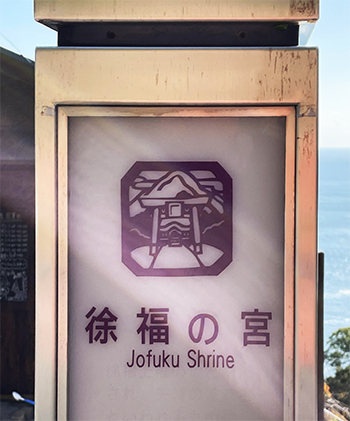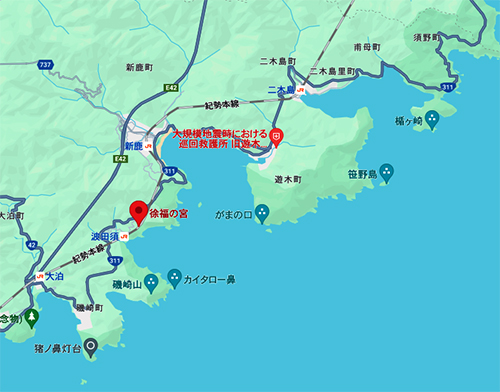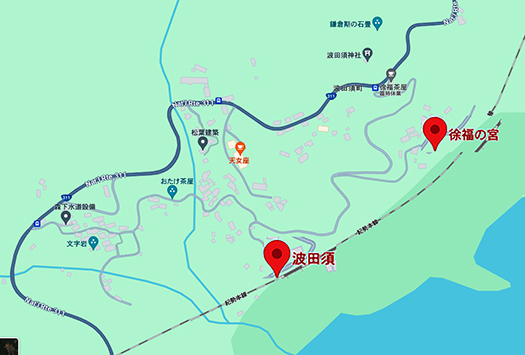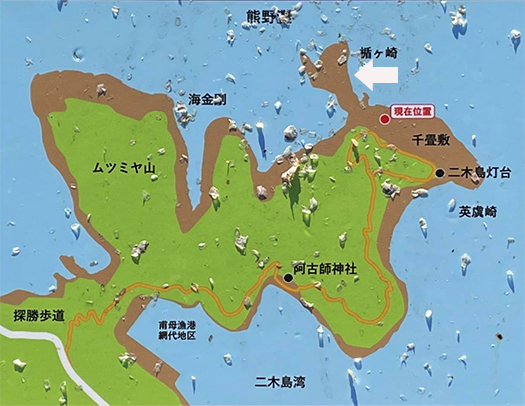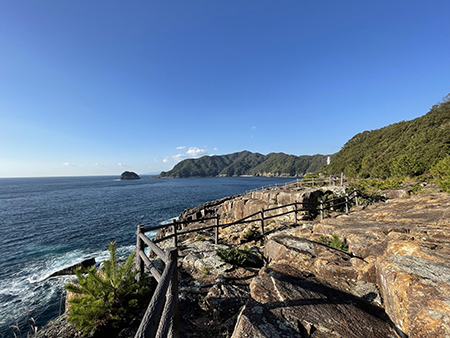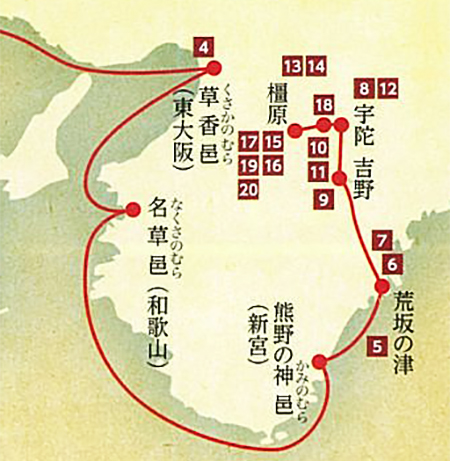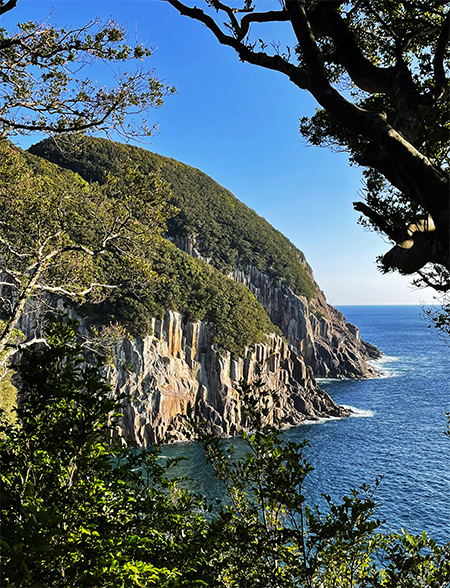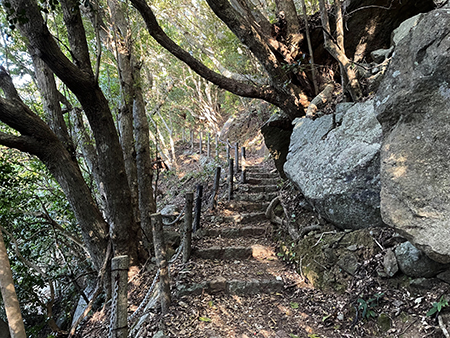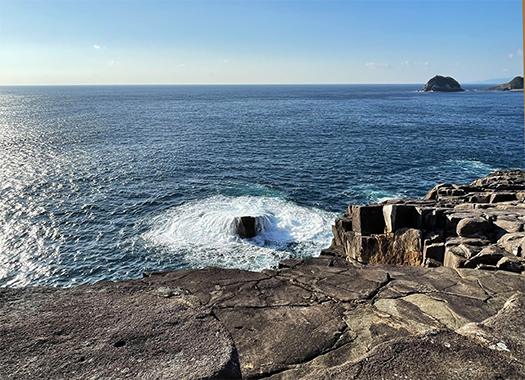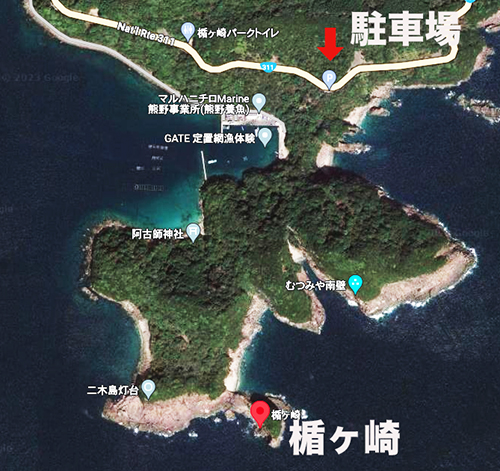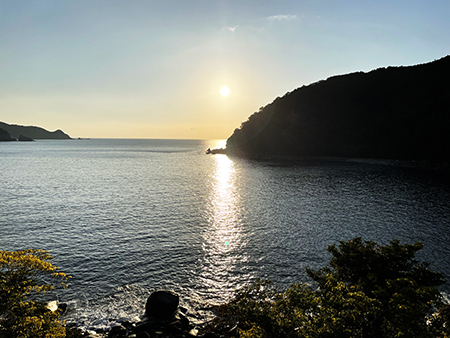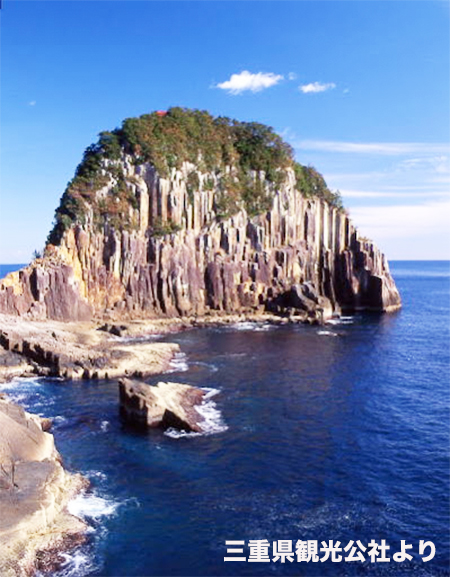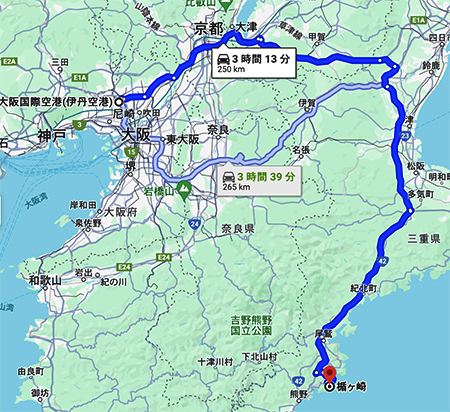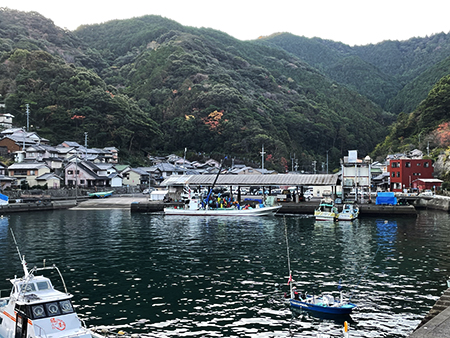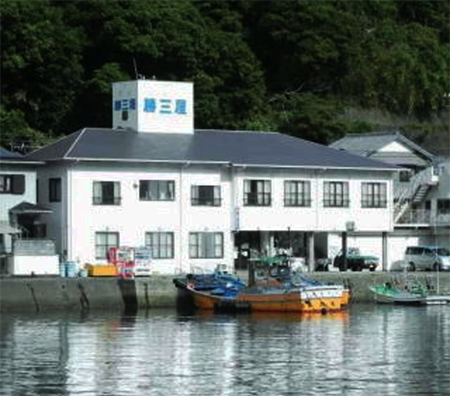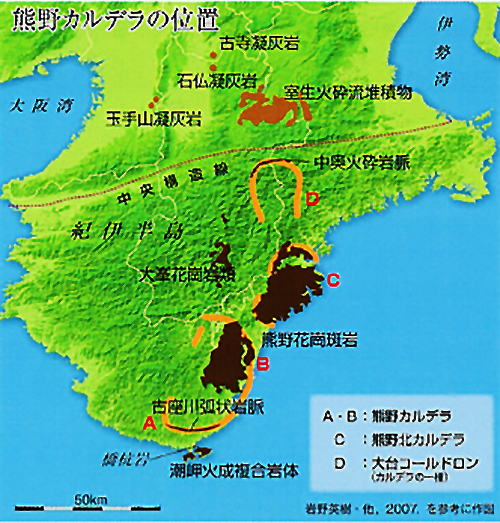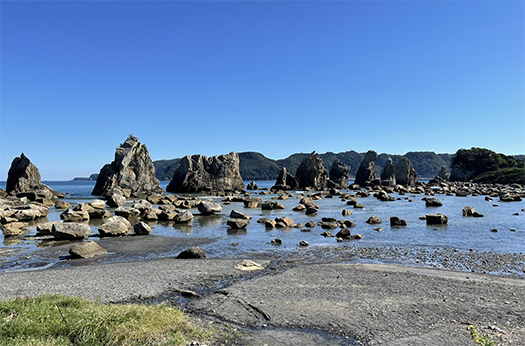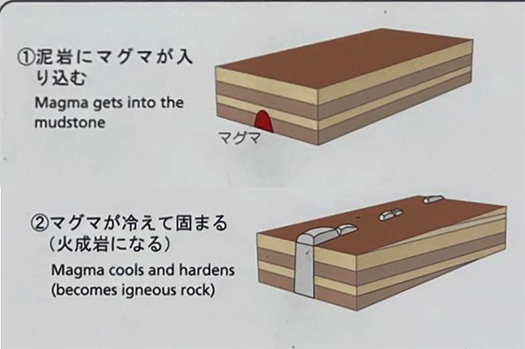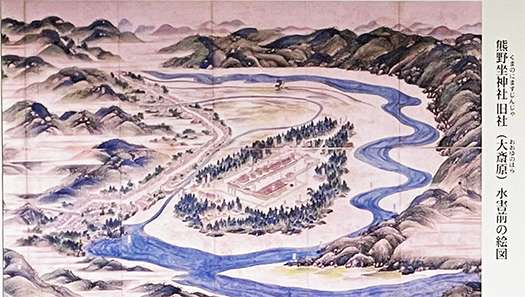


熊野と言えば日本史の精神的背景としての「熊野信仰」が基層であり、その象徴は「熊野三山」と言われる熊野本宮大社、熊野速玉大社、熊野那智大社。現代の「熊野詣」を北海道人として志したワケだけれど、当然のこととしてまずはこの三社に詣ることとして、その最初にこの本宮に向かった。
その程度の予備知識で現地を訪れてはじめて、この現在の本宮社殿は1889年(明治22年)に再建されたものだと言うことを知った。そしてそこではじめて、「それって?」とふと気付いたことがあった。
この熊野本宮とほぼ隣接し同じ河川域である奈良県吉野の十津川を1888年に襲った大水害。連動した土砂崩れによって「土砂ダム」が自然形成されたが、その自然堤防が決壊してそれが下流域にあたる熊野本宮旧社殿を潰滅させたのだ。この熊野本宮大社の旧社殿は現在の熊野川(十津川)川原の「大斎原」にあった。
その起点となった大水害を契機として地域の存続自体が危殆に瀕した奈良県十津川の集落から、多くの被災者が北海道の「新十津川」に集団移住した故実がピッタリつき合わさってしまったのです。
知らなかった。
そうであると知ってからは、この現代の「熊野詣」に一種の熱が発生してしまった。熊野と北海道人に太いいのちの糸が見えてしまったのですね。現在の熊野本宮大社社殿の説明看板類を読み下しながら、一気にこころは現在の「大斎原」、熊野本宮旧社殿所在地の方に向かってしまっていた。135年の歳月を経て、北海道人としてのはるかな「巡礼」という心理が沸き起こってしまった。
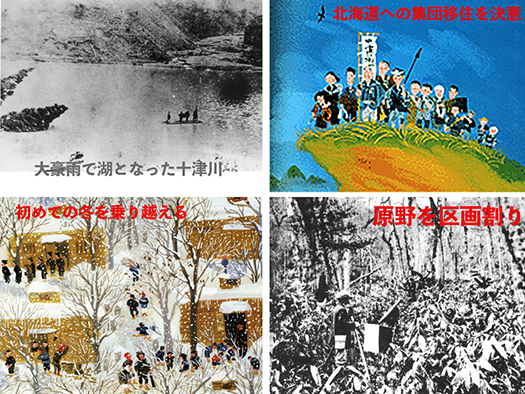
この図集は北海道樺戸郡新十津川町のHPからで町の草創起源を示したもの。大水害によって集落が水没して発生した土砂ダムの様子から始まる、壊滅状態の十津川村落からの「再生」を夢見て2,000kmの距離を集団移住してきた北海道先人たちの記録。奈良県十津川と北海道・新十津川を結ぶいのちの絆の説話は、北海道人として広く知られている。わたしは小学校の時に「社会科」授業でその事実を知った記憶がある。
「そんな苦労があったんだ・・・」と子ども心に痛切な感情を持って受け止めていた。
熊野本宮大社は「よみがえりの地」とされている。まさに再生の神。北海道人のはるかな先人の記憶がわたし自身の内側からも「蘇って」きたように思われてならなかった。まさに再生の地。
熊野本宮大社の社殿は、水害からほぼ1年半程度で高台になる隣接の現在地に再建された。一方の「新」十津川地域では現地近くの監獄囚人労働によって建てられていた住宅(1戸に4世帯同居だったという)に移住後、長くキビシイ冬を越えて、翌春からは原野を開拓して行った。・・・
こうした激甚な災害は日本列島で繰り返されてきたし、まさに現在も能登半島を襲っている。そういうなかから日本人はつねに「蘇って」きた。わたしの中でも熊野信仰が芽生えたのかも知れない。
English version⬇
Kumano Hongu Taisha Shrine and Hokkaido “Shin Totsukawa” Imperial Mythology and Kumano Trip-12
A mess with the fact of Hokkaido mass migration and the great disaster of 135 years ago, which we learned by visiting the site. Revival of the shared memory of the people of the disaster archipelago. …
Kumano is the spiritual backdrop of Japanese history, and is based on the Kumano faith, symbolized by the “Kumano Sanzan” (Kumano Hongu Taisha, Kumano Hayatama Taisha, and Kumano Nachi Taisha). As a Hokkaido resident, I decided to make a modern-day “Kumano Pilgrimage” to these three shrines, and I headed to Hongu as the first stop.
It was only after visiting the site with that level of prior knowledge that I learned that the current main shrine pavilion was rebuilt in 1889 (Meiji 22). Then, for the first time, I suddenly realized, “What does that mean? I suddenly realized something.
In 1888, a major flood hit the Totsukawa River in Yoshino, Nara Prefecture, which is almost adjacent to Kumano Hongu Shrine and in the same river area. The landslides that resulted in the natural formation of a lagoon, which burst its natural levee and destroyed the former shrine of Kumano Hongu, which was located downstream of the river. The former shrine of Kumano Hongu Taisha was located at “Osaibara” on the banks of the present-day Kumano River (Totsukawa River).
The origin of the shrine was the mass migration of many victims from the community of Totsukawa, Nara Prefecture, to “Shin Totsukawa” in Hokkaido, Japan, where the very survival of the community was threatened by a major flood.
I had no idea.
After I learned that this was the case, I felt a kind of fever for this modern-day “Kumano Pilgrimage. I could see a thick thread of life between Kumano and the people of Hokkaido. After 135 years, I felt the urge to make a pilgrimage to the Kumano area as a Hokkaido native.
This collection of illustrations is from the website of the town of Shintotsukawa, Sakabato-gun, Hokkaido, and shows the pioneer origins of the town. Beginning with the lagoons created by the submergence of the village by the heavy flooding, it records the ancestors of Hokkaido who migrated as a group 2,000 km away from the devastated Totsukawa village, dreaming of “rebirth” from the devastating situation. The story of the bond of life that connects Totsukawa, Nara Prefecture, and Shin-Totsukawa, Hokkaido, is widely known as the story of the Hokkaido people. I remember learning about this fact in my elementary school “social studies” class.
I remember learning about it in social studies class when I was in elementary school, and I remember thinking with painful emotion, “I didn’t know such hardships existed….
Kumano Hongu Taisha Shrine is considered the “place of revival. The very god of rebirth. I could not help but feel that the memories of my distant predecessors in Hokkaido were “coming back” to me from within. It is truly a place of rebirth.
The shrine pavilions of Kumano Hongu Taisha were rebuilt on the adjacent hillside about a year and a half after the flood. In the “new” Totsukawa area, on the other hand, after moving into a house that had been built by prison labor near the site (it is said that four families lived together in one house), the people overcame a long and hard winter and cleared the wilderness from the following spring. The following spring, they began to clear the wilderness.
Such severe disasters have been repeated in the Japanese archipelago, and are currently hitting the Noto Peninsula. Japanese people have always been “reviving” from such disasters. Perhaps it is through this that the Kumano faith has sprouted in me.
Posted on 1月 14th, 2024 by 三木 奎吾
Filed under: 日本社会・文化研究 | No Comments »


